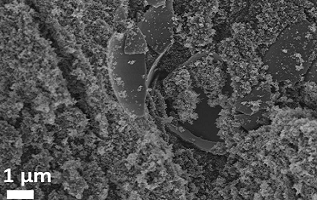
Johann Bouclé
University of Limoges, France
Title: Graphene/TiO2 composites synthesized in one-step by laser pyrolysis for improved charge extraction in perovskite solar cells
Biography
Biography: Johann Bouclé
Abstract
Graphene materials, including pristine graphene, graphene oxide and reduced graphene oxide, are largely explored for their outstanding electronic and optical properties, making them relevant component of optoelectronic devices such as solar cells. In this context, various solar technologies have incorporated graphene-based component (active layer, transparent or non-transparent electrodes, charge extraction layers, etc.), leading in many cases to improved power conversion efficiencies with regard to traditional materials. These developments have been rapidly transposed to highly efficient perovskite devices, which are now considered as a realistic alternative to thin film technologies, considering their easy processing from solution and the relatively high performance achieved over the last few years. In this work, we propose an original approach for the development of graphene oxide/TiO2 composites, synthesized in a single-step by laser pyrolysis, to be used as electron-extracting layer in perovskite solar cells. This method, which was successfully employed in the field of solid-state dye-sensitized solar cell incorporating TiO2/carbon nanotube composites, is based on the direct integration of a graphene suspension in the precursor mixture used for the production of anatase TiO2 particle, using an infrared laser and an aerosol precursor mixture in a cross-flow and wall-less reactor.

In this work, we will present the physical properties of TiO2/graphene composites by focusing on the electronic interactions between the TiO2 particles and graphene sheets using photoluminescence spectroscopy and Raman diffusion. We will also discuss the possibility to improve the charge transfer processes between the two components through the initial degree of reduction of the graphene used and the experimental conditions. Finally, we will evaluate the potentialities of the composites to demonstrate efficient selective contacts for perovskite solar cells.

